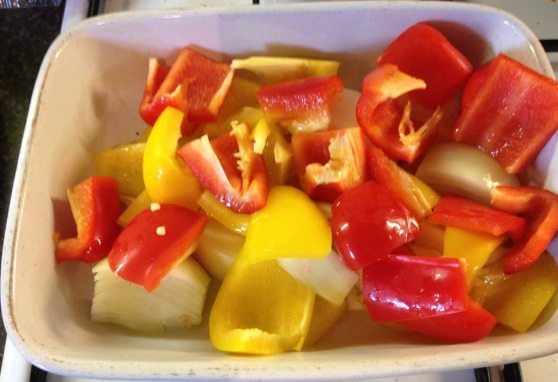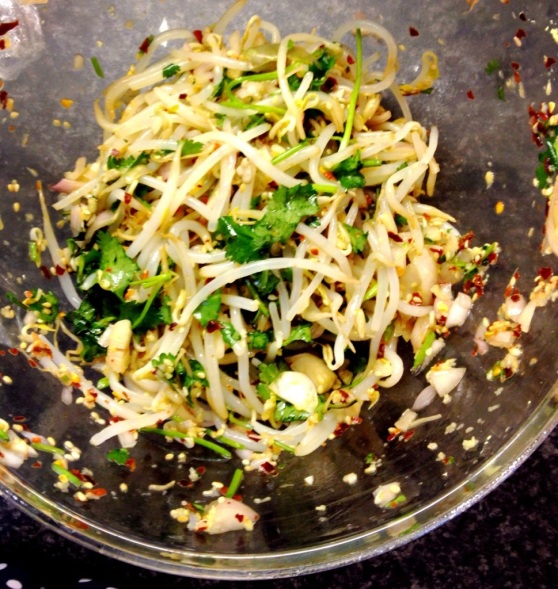I’d managed to overbuy some potatoes for this weeks meals, and having already peeled & diced the potato, I wasn’t quite sure what I could do with the leftovers. It turns out that potatoes can be frozen, providing that they are blanched first to prevent them from turning black. To blanch potatoes, you simply immerse in boiling water for about 4 minutes before quickly transferring into a bowl of iced cold water until cooled (about 10 minutes). Once cool, dry the potatoes using kitchen roll or a tea towel and transfer to freezer bags before placing in the freezer to be used at a later date.
As well as the potatoes, I also had a packet of puff pastry left over from a family party where I’d used it for canapés, and as a Northerner born and bred, I love a good pasty, I already had some cheddar cheese in the fridge so Cheese, onion & potato pasty was the obvious choice for me.
Whilst I could have just gone ahead and made Cheddar cheese & onion pasties, I love the bitterness of white crumbly cheeses, such as Lancashire & Wensleydale, so I decided to use a mix of Cheddar & Lancashire cheese in my pasties, but any cheese you have to hand will do.
As a side note, ready made puff pastry is one of my favourite time saving ingredients, you can do so much with it; canapés, pies, a twist on a pizza etc. and the results always look really impressive, when in reality, you haven’t had to try that hard, as you’ll see from the following recipe.
 INGREDIENTS
INGREDIENTS
- Knob butter
- 1 small onion, finely sliced
- 1 small potato, cubed
- 375g packet of puff pasty
- 75g cheddar cheese
- 75g white crumbly cheese
Serves 4
METHOD
Preheat oven to 180c
In a large saucepan, melt the butter over gentle heat
Add the onions and potatoes and sweat over a low heat with the lid on for 20 minutes, stirring occasionally
Season well with crushed black pepper (I tend to avoid adding salt as it should get this from the cheese & butter)
Mix in the grated cheese and allow to cool otherwise the heat from the mixture will make the pastry difficult to work with
Whilst the potato & onions are cooling, cut the pastry into 4 circles approx. 6cm diameter (I use a bowl to measure). You’ll find that you will need to reroll the in order to get all 4 circles

Add about a quarter of the mixture to one half of each pastry circle; leave about 1/2 cm gap between the mixture and the edge of the pastry. Don’t overfill the circles with mixture or you’ll find it difficult to close your pasty.
Fold each circle in half and press the edges together with fingers or a fork, cut a couple of small incisions in the top of each pasty

Brush the pasties with egg and place in oven for 15-20 minutes until golden brown
TIPS
Egg works best for glazing the pasties, as it will give nice golden colour but you can use milk if you’d prefer (which I did in this recipe)
If you have too much mixture for your pasties, bake it in oven for 15-20 minutes and it will make a lovely accompaniment for a meal
The pasties can be frozen when cooled and are equally delicious, whether served hot or cold
 Whilst the vegetables are cooking ,mix together all the ingredients for the couscous and leave to stand for 5 mins (or as per packet instructions)
Whilst the vegetables are cooking ,mix together all the ingredients for the couscous and leave to stand for 5 mins (or as per packet instructions) Bake in oven for 15-20 mins or until fish is cooked
Bake in oven for 15-20 mins or until fish is cooked

 Drain the pasta, return to the pan and add in the cooked bacon and peas (include all the pan juices for extra flavour)
Drain the pasta, return to the pan and add in the cooked bacon and peas (include all the pan juices for extra flavour) INGREDIENTS
INGREDIENTS




